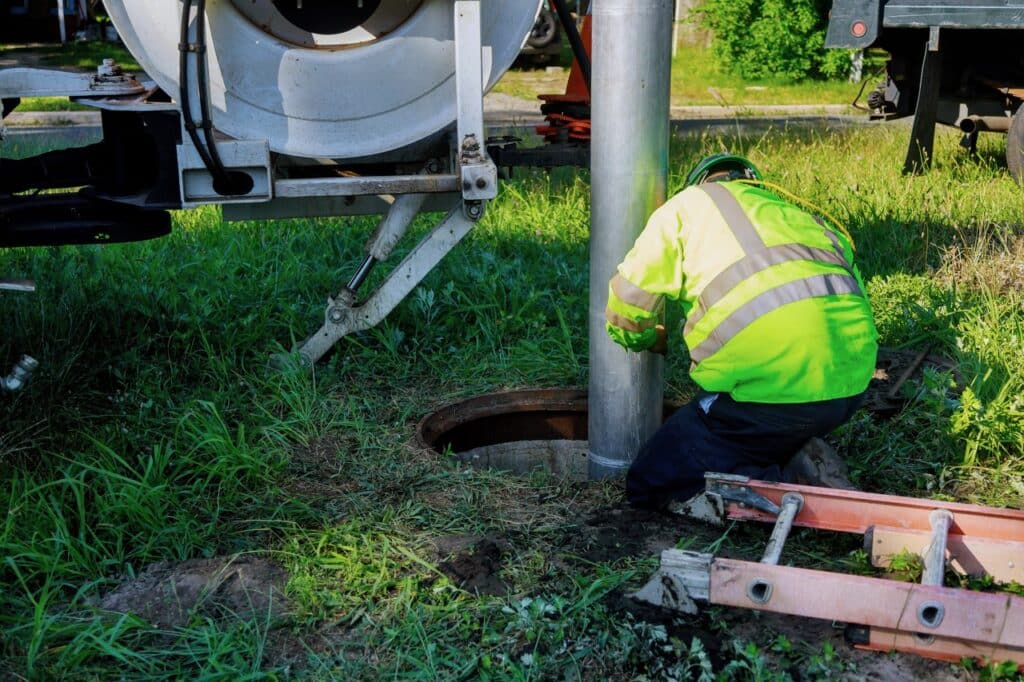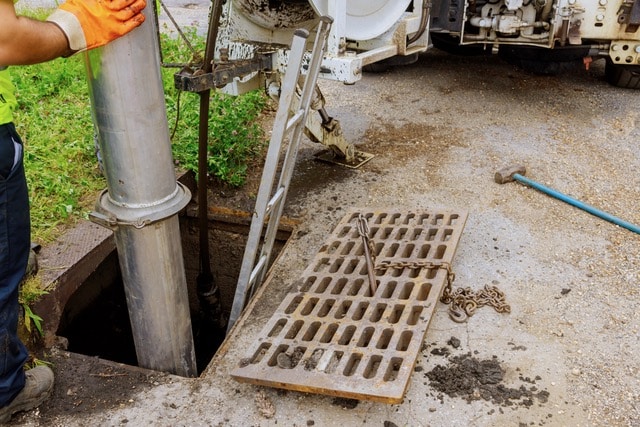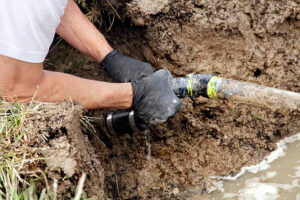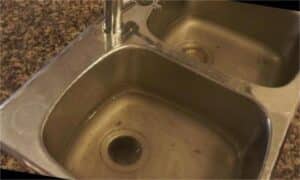What to Do When Your Toilet Won’t Flush
Hey there, Los Angeles! We’ve all been there—standing over a toilet that just won’t flush, wondering what in the world went wrong. As your friendly neighborhood plumbing experts at Trenchless Sewer Plumbing, we’ve seen it all and fixed it all. So, we’re here to help you get to the bottom of why your toilet isn’t flushing and how you can fix it without breaking a sweat. Let’s dive in!

Common Causes of a Toilet That Won’t Flush
Toilets are pretty simple when you think about it, but when they stop working, it feels like the end of the world. Before you panic, let’s take a look at some of the most common culprits.
1. Disconnected or Faulty Flush Lever
First up, the flush lever. This little guy teams up with the flapper to get that flush going. If the chain connecting the two slips off or breaks, your lever might be moving, but nothing’s happening. No worries, though! Just pop open the tank, check if the chain’s loose or missing, and reconnect or replace it. And remember, the length of that chain matters—too long or too short, and your toilet’s out of commission.
2. Clogged Toilet
Ah, the classic clog. It’s probably the most common issue we see here in Los Angeles. Too much toilet paper, or maybe someone flushed something they shouldn’t have (we won’t name names). Grab your trusty plunger and give it a go. If that doesn’t do the trick, you might need to bring out the big guns—a plumber’s snake. And if this is a frequent problem, consider switching to a thinner toilet paper to avoid future blockages.
3. Low Water Level in the Tank
If your toilet’s not flushing with the power it should, check the water level in the tank. It should be about an inch below the overflow tube. If it’s too low, the water valve might’ve been accidentally turned off. Turn it back on and see if the tank refills to the right level. Then, give it a test flush to make sure everything’s working as it should.
4. Faulty or Damaged Flapper
The flapper’s job is to seal the opening between the tank and the bowl, and if it’s warped or deteriorated, it’s not going to do that job very well. A worn-out flapper can cause water to leak out, leaving you with a weak flush. Luckily, flappers are cheap and easy to replace. Just head to your local hardware store, swap out the old one, and you’re back in business.
5. Damaged or Obstructed Float
The float in your toilet tank is like a bouncer—it controls how much water gets in. If it’s set too low, or if it’s damaged, your tank won’t fill up properly, leading to a less-than-impressive flush. Adjust the float or clear any obstructions, and if that doesn’t work, it might be time for a replacement.
6. Closed Inlet Valve
Sometimes, the simplest fix is the one that’s easiest to overlook. If the inlet valve is closed, your toilet’s not going to get any water, and without water, there’s no flush. This valve might get turned off during cleaning or repairs and then forgotten. Just turn it back on, and you should be good to go.
7. Rim Jet Blockage
Mineral deposits or debris can clog the rim jets under the toilet bowl’s rim, reducing flush power. Over time, these little jets can get clogged, leaving you with a weak flush. Luckily, this is an easy fix. Grab a stiff brush and some vinegar, and give those jets a good cleaning. You’ll be amazed at the difference!
8. The Lift Chain Isn’t Working
The lift chain connects the flapper to the flush handle. If it’s too long or has too much slack, it won’t lift the flapper high enough to let the water flow. Just adjust the chain length so it provides the right amount of pull, and your flush should be back to normal.
9. Overflow Tube Issues
The overflow tube prevents the toilet tank from, well, overflowing. If this tube is damaged, it can cause water to leak into the bowl, lowering the water level in the tank. This usually results in a slow flush, but the fix is simple—just replace the overflow tube, and your toilet should flush like new.
10. Blocked Inlet Holes
If your toilet’s flush is weak, it might be because the inlet holes (where the water comes out) are blocked. These holes can get clogged with mineral build-up over time. Give them a good scrub with a brush, and you’ll see an improvement in flush power.
When to Call a Professional Plumber
Of course, some problems are bigger than a quick DIY fix. If you’ve tried everything and your toilet’s still not cooperating, it might be time to call in the pros. At Trenchless Sewer Plumbing, we’re always here to help with those stubborn issues that need a professional touch.
Preventative Measures
Once you’ve got your toilet flushing like a champ again, let’s keep it that way!
- Regular Maintenance Tips: Regular maintenance is key to keeping your toilet in top shape. Make sure to clean the rim jets, check the flapper, and keep an eye on the water level. A little TLC can go a long way.
- Water Conservation Tips: Let’s not forget about water conservation. Adjusting your toilet to be more efficient not only saves water but also keeps your bills down. It’s a win-win!
Restoring Your Toilet’s Flush Power
And there you have it, Los Angeles—a complete guide to fixing your toilet when it decides to give you the silent treatment. Most of these fixes are quick and easy, and with a little know-how, you’ll have your toilet back in working order in no time. But remember, if you’re ever in doubt, the experts at Trenchless Sewer Plumbing are just a call away.
Count on Trenchless Sewer Plumbing for Reliable Toilet Repairs!
If your toilet’s still giving you trouble, don’t hesitate to reach out to us. Whether it’s a simple fix or something more complex, we’re here to keep things flowing smoothly in your home. Give Trenchless Sewer Plumbing a call today, and let’s get that toilet back to doing what it does best!
Looking for more tips and tricks? Check out our blog on Unclogged Secrets: Why Drains Clog and How to Stop It. You’ll find even more expert advice to keep your plumbing in top shape.







